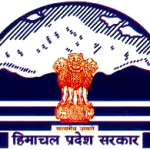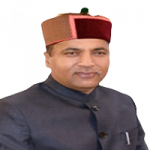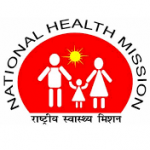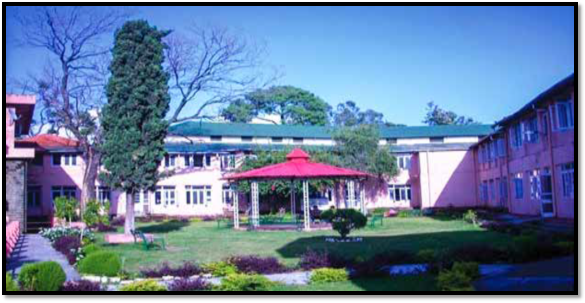Kayakalp Programme
INTRODUCTION
After the launch of ‘’Swachh Bharat Abhiyan (SBA)’’ on 2nd October 2014, ‘’Kayakalp’’ initiative was
launched by the Ministry of Health & Family Welfare on 15th May 2015 to complement these efforts.
The objectives of the ‘’Kayakalp’’ Scheme are
- to promote cleanliness, hygiene and infection control practices in public healthcare facilities, through incentivising and recognising such public healthcare facilities that show exemplary performance in adhering to standard protocols of cleanliness and infection control;
- to inculcate a culture of ongoing assessment and peer review of performance related to hygiene, cleanliness and sanitation;
- to create and share sustainable practices related to improved cleanliness in public health facilities linked to positive health outcomes.
All the states have been enthusiastically participating in this scheme since its launch. As evident, the Scheme promoted cleanliness and hygiene in public health facilities. However, it was observed, through peer review and external assessment process, that awareness levels with regard to the closure of gaps as per the thematic area of the Kayakalp Scheme have been found to be inadequate at the facility level.
“Guidelines for Implementing Kayakalp” have been developed as an implementation tool and enabler document to find solutions to the identified problems, These guidelines are meant for secondary care public hospitals meeting the Indian Public Health Standards (IPHS) guidelines, though with some discretion they may be used for primary healthcare facilities and as well tertiary care hospitals.
These guidelines have been developed after a detailed literature review of the existing best practices in the field of hospital sanitation, housekeeping, infection control, general maintenance, waste management, and support services etc.; and relevant extracts from the same were adapted with suitable changes as per the needs of public health systems. These guidelines are generic in nature and can be adopted by the healthcare facilities judiciously as per their scope of services.
While framing these guidelines actual logistics, staff and other constraints in the public healthcare facilities have also been kept under consideration.
This handbook would serve as a practical guide to follow standard protocols and practices to achieve highest level of standards related to cleanliness, hygiene and infection control at public healthcare facilities.
These guidelines are divided into seven thematic areas as per the “Kayakalp” Scheme:
- Hospital Upkeep
- Sanitation and Hygiene
- Waste Management
- Infection Control
- Hospital Support Services
- Hygiene Promotion
- Beyond Hospital Boundaries
Seven thematic areas of “Kayakalp”
Each thematic area is further detailed as per the criteria and check points included in the guidelines.These guidelines focus on strengthening and streamlining maintenance of infrastructure, development of suitable policies for housekeeping services, pest control measures, water sanitation, selection & training of manpower, development and implementation of suitable cleaning methods in the form of protocols/ Standard Operating Procedures (SOPs), effective supervision and monitoring by the staff and in-built mechanisms in the contracts coupled with an organisational structure which puts a premium on good housekeeping and sanitation. The guidelines also describe waste management protocols to be followed in hospitals, along with infection control measures and monitoring of infection rates and activities, the function and role of support services and measures which can be undertaken by hospitals for hygiene promotion both within the hospitals and in community as well

Purpose
These guidelines have been developed to provide comprehensive information to healthcare workers for implementation of ’Kayakalp’’ in their facilities.
The specific objectives of these guidelines are to provide directions and information in relation to
- facilities, equipment, and procedures necessary to implement ‘’Swachhata’’ and standards precautions for control of infections
- development of suitable policies for housekeeping services, training of manpower, development and implementation of suitable cleaning methods in the form of protocols/SOPs, equipment details for manual cleaning, chemicals & cleaning agents to be used, etc
- cleaning, disinfecting and reprocessing of reusable equipment
- waste management practices
- standard precaution and protection of healthcare workers.
Use of the guidelines
These guidelines are expected to serve the following purpose:
As an implementation guidebook containing practical guidelines and protocols for attaining high score on “Kayakalp” assessments.
Reference books for “SBA training’’ under “Kayakalp”.
- Help assessors to get acquaintance with various aspects of “Kayakalp” tools viz. rain water harvesting, 5S’’, three bucket system, composting, herbal garden, illuminations, etc.
- Support the health facilities in attaining “Kayakalp” awards and NQAS certificates.






